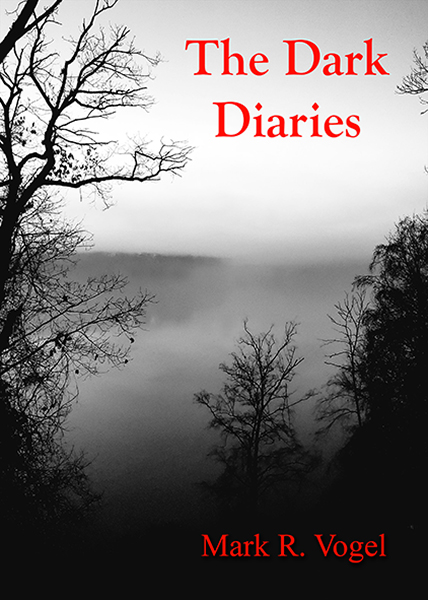Paul W.S. Anderson’s early sci-fi horror effort, Event Horizon, is favored by only three-and-a-half critics, including myself (one critic was indifferent, thus I’m going to chalk that one up as a partial win). The film undeniably strikes a cord in its viewers–despite the fact that it strains plausibility throughout–due in part to its stunning, iconographic imagery and pacing, which is largely accountable for the feature’s cult status that is perpetually expanding its fan base.
In 2047, the crew of the Lewis and Clark is sent to recover the lost Event Horizon, an experimental space craft designed by William Weir (Sam Neill) that can breech the time-space continuum. The rescue team’s mission is to investigate whether or not there are any survivors and determine why the vessel has been absent for the last seven years.
Anyone familiar with the history of sci-fi literature and/or foreign cinema will recognize that Event Horizon’s primary influence is Stanislaw Lem’s Solaris, so much so that many well-versed critics deem Anderson a plagiarist. I am also one to renounce works which lethargically mimic, especially when such action is engaged in an attempt to exploit a contemporary audience’s ignorance, i.e. early Jim Carrey rewarming Charlie Chaplin and Buster Keaton–to no greater effort and solely for recognition and monetary gain–for the unassuming Gen X crowd. However, Philip Eisner and Andrew Kevin Walker (the latter being the famed pen behind David Fincher’s Se7en) happily wear their influences on their sleeves as Event Horizon acknowledges its precursor (as it pauses to issue an appreciative nod to Clive Barker’s Hellraiser, Ridley Scott’s Alien, Stanley Kubrick’s The Shining, as well as Herman Melville’s infamous antagonist, Ahab). Having noted this, Anderson and Co. realized that Stanislaw’s psychological horror could be recast in a strict horror light in order to fashion a truly terrifying vision, which is what Event Horizon is, that is, with the aide of Dante’s vision of Hell and Sophocles’s Oedipus. In short, instead of being a poor-man’s retelling of a landmark narrative, Event Horizon is an inspired “reimaging” of a genuinely harrowing concept: The horror of one’s guilt relentlessly haunting its host.
Each nightmare vision which the individual crew members of the Lewis and Clark experience is goaded by the person’s subconscious guilt due to something within the person’s past. Anderson brings this all-too-real horror to the foreground and subtlety compounds it by way of Catholic imagery (plagued by its cruciform-inspired architecture, the Event Horizon’s design is based upon Notre Dame Cathedral) as we watch an eye motif rightfully develop before it evokes an Oedipian reaction from those involved.
Anderson scarifies characterization (though, for Sam Neill fans, the director treats us to a bit of role reversal as the omnipotent Weir waxes godlike as does Neill’s antagonist Sutter Cane, played by Jürgen Prochnow, two years prior in John Carpenter’s In the Mouth of Madness) in order to offer a grandiose amount of atmosphere and a brooding palette in its place, thereby keeping his audience on pins and needles throughout as the tension and suspense valve is remains closed to an almost terminal degree as the director releases it before immediately resealing the vent, the most impressive instance of which occurs when Justin (Jack Noseworthy) shuts himself inside an airlock. As we, as well as Alfred Hitchcock’s corpse, scoots to the edge of our seats, Anderson trumps us–to an almost unbearable degree–by announcing that Justin’s fatal injection into space is now counting down from 30 seconds (as opposed to being instantaneous).
So the question now stands, What is the gripe which most critics had with Paul W.S. Anderson’s Event Horizon? Well, aside from the presumption that characterization maketh a film (we can only hope such critics never purchase a copy of a John Hawkes novel), the film’s themes never succinctly align themselves (despite the fact that few films ever do) and, yes, the plot’s plausibility seems to be a moot point at times, especially toward the production’s climax. However, the awe-inducing visuals, relentless nightmare imagery, intriguing interpretation of Stanislaw Lem’s famed work, alongside Michael Kamen and Orbital’s impressive soundtrack, culminate into a very impressive, obviously undervalued, feature which will undoubtedly continue to gain support through the passing years.
-Egregious Gurnow
- Interview with Director David DeFalco (Chaos) - January 22, 2015
- Interview with Actor Nathan Baesel (Behind the Mask: ROLV) - January 22, 2015
- An Interview with Bentley Little - January 22, 2015
- So You Want to Be a Movie Critic, Heh? - January 22, 2015
- Fearful Meditations: An Annotated Bibliography of Studies in Horror Cinema - January 22, 2015
- I Can’t Discuss Glen Morgan’s New Film, [Censored] [Censored], Because Liberty Counsel Says It’s Rude: Race, Religious Tolerance, Ethics, and Aesthetics and the 21st Century Holiday Horror Film - January 22, 2015
- Roger Ebert’s Bloody Ax: An Examination of the Film Critic’s Elitist Dismissal of the Horror Film by Michael “Egregious” Gurnow - January 22, 2015
- Defending the King: An Examination of Academia’s Reaction to Stephen King Being Awarded the National Book Foundation’s Medal for Distinguished Contribution to American Letters - January 22, 2015
- Zarathustra . . . Cthulhu . Meursault: Existential Futility in H.P. Lovecraft’s “The Call of Cthulhu” - January 22, 2015
- The Evil - January 18, 2015


